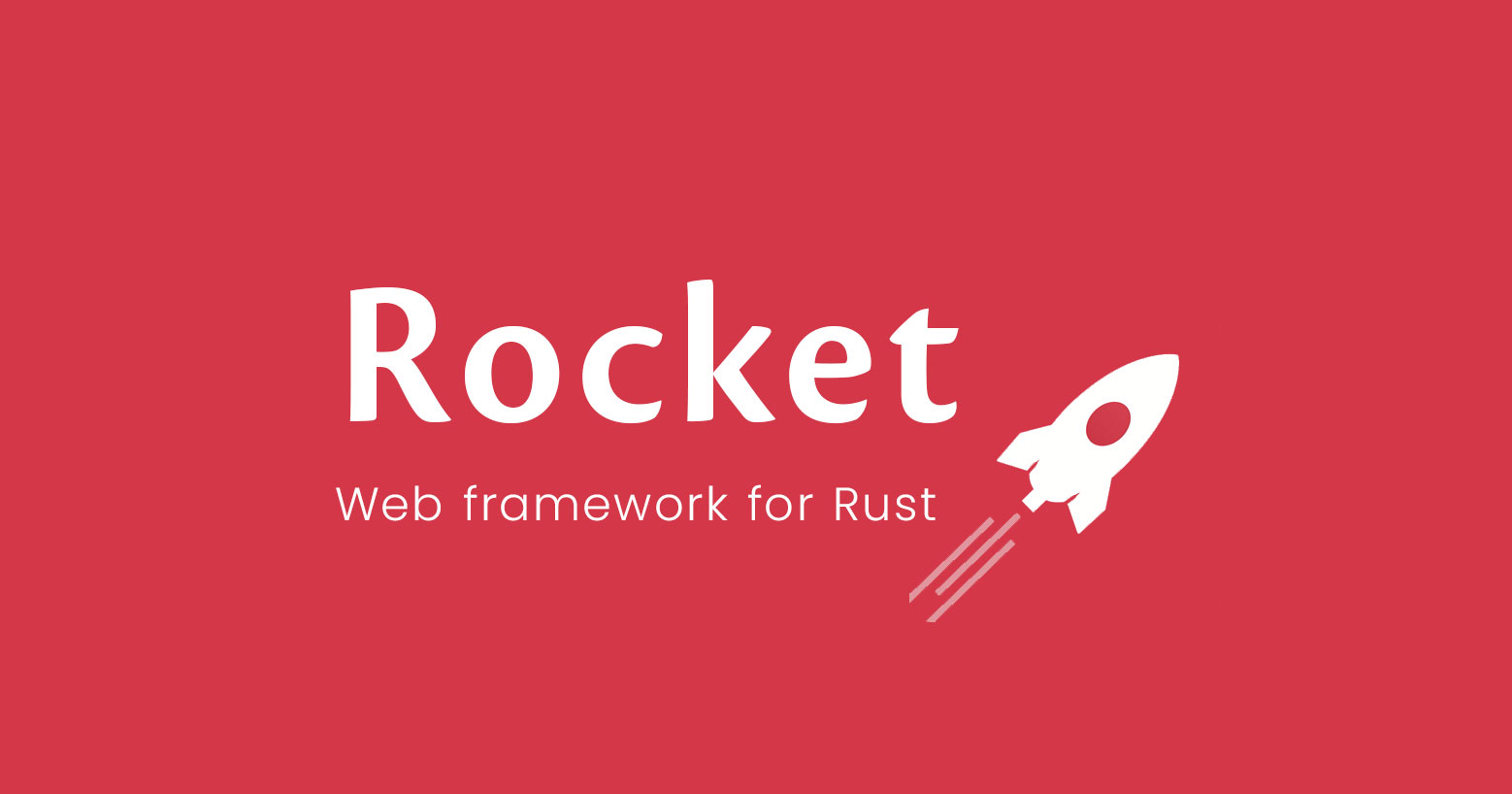Reverse Proxying Framer through Rocket (Rust)
Posted on April 6, 2023 • 3 minutes • 468 words
Table of contents
Reverse Proxying Framer with Rocket
Integrating Framer, a powerful design and prototyping tool, with a robust backend framework like Rocket (Rust) can provide a seamless user experience by reverse proxying the Framer application. This approach allows you to serve the Framer site within a single request-response cycle, improving performance and simplifying the overall architecture.
Setting up the Rocket Server
- Install Rocket: Begin by setting up a new Rust project and adding the Rocket dependency to your
Cargo.tomlfile:
[dependencies]
rocket = "0.5.0-rc.2"
- Create the Rocket Server: In your main Rust file (e.g.,
main.rs), set up the Rocket server:
#[macro_use]
extern crate rocket;
#[get("/")]
fn index() -> &'static str {
"Hello, world!"
}
#[launch]
fn rocket() -> _ {
rocket::build().mount("/", routes![index])
}
- Serve the Framer Application: To reverse proxy the Framer application, you’ll need to handle the requests for the Framer site and forward them to the Framer server. Here’s an example of how you can do this:
use rocket::http::Status;
use rocket::response::Responder;
use std::io::Cursor;
#[get("/framer/<path..>")]
async fn framer(path: PathBuf) -> Result<FramerResponse, Status> {
let framer_url = format!("https://framer.com/{}", path.to_string_lossy());
let response = reqwest::get(framer_url).await.map_err(|_| Status::InternalServerError)?;
if response.status().is_success() {
let body = response.bytes().await.map_err(|_| Status::InternalServerError)?;
Ok(FramerResponse(body))
} else {
Err(Status::from_code(response.status().as_u16()).unwrap())
}
}
struct FramerResponse(Vec<u8>);
impl<'r> Responder<'r, 'static> for FramerResponse {
fn respond_to(self, _: &'r rocket::Request<'_>) -> rocket::response::Result<'static> {
rocket::Response::build()
.header(rocket::http::ContentType::new("text", "html"))
.sized_body(Cursor::new(self.0))
.ok()
}
}
#[launch]
fn rocket() -> _ {
rocket::build().mount("/", routes![index, framer])
}
In this example, the framer route handles requests for the Framer application. It constructs the Framer URL based on the requested path, fetches the content from the Framer server, and then returns the response as a custom FramerResponse type.
The FramerResponse struct is responsible for responding to the client with the fetched Framer content, setting the appropriate content type and size.
Benefits of Reverse Proxying Framer with Rocket
-
Improved Performance: By reverse proxying the Framer application through Rocket, you can serve the Framer site within a single request-response cycle, reducing latency and improving the overall user experience.
-
Simplified Architecture: Integrating Framer with a backend framework like Rocket allows you to manage the entire application within a single codebase, simplifying the overall architecture and making it easier to maintain and deploy.
-
Seamless Integration: Reverse proxying Framer through Rocket enables you to seamlessly integrate the design and prototyping capabilities of Framer with the robust backend features of Rocket, creating a cohesive and powerful web application.
Enhancing Reverse Proxying with Caching
In addition to seamlessly integrating content from any source into your web application, it’s crucial to optimize the performance of your reverse proxy setup. One effective way to do this is by implementing caching. This ensures that once a design or content is loaded, subsequent requests for the same content are served from the cache, reducing the load on the original servers and improving the response time for your users.

